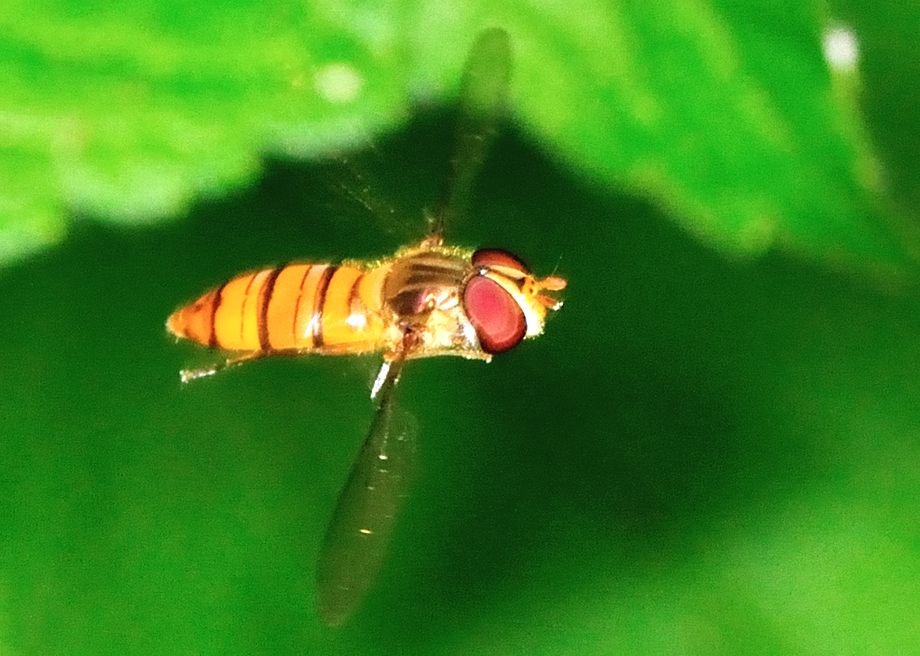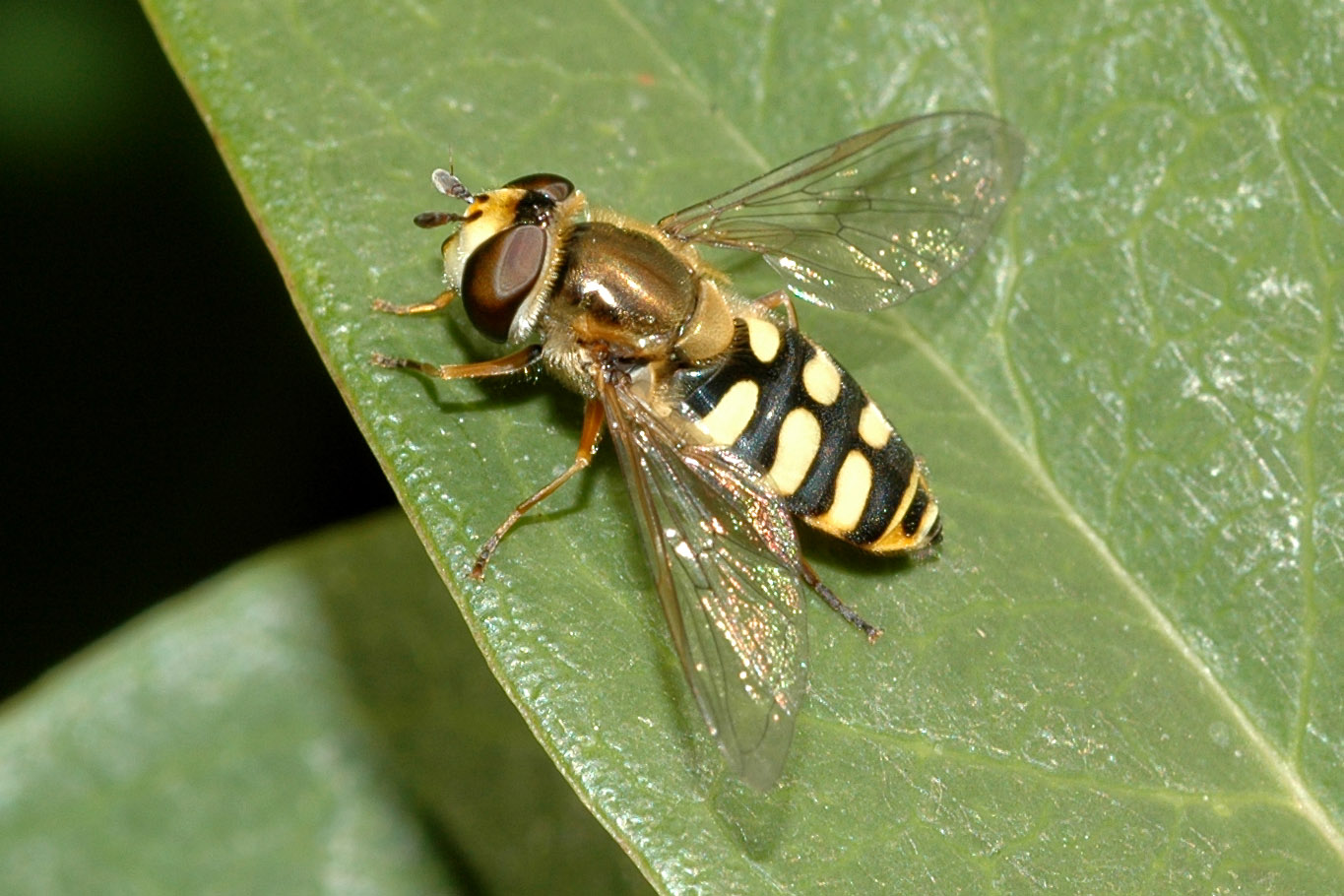
Of Australia - CSIRO, Division of Entomology, Melbourne University Warps with yellow and black bands on abdomen. They have slender body and short antenna. Syrphinae - Slender Hoverįlies Hover Flies in this subfamily Syrphinae are from small to medium in size. They are stoutly built, closely resembling bees or wasps. The eyesĪre bare and wide apart in both sex. Long, but diverse in structure in different species. Wasp-mimic Hover Flies The hover flies in Subfamily Microdontinae have antennae directed anteriorly and usually Some are parasitoids in wasp or bees nests. Some known as rat-tailed maggots and are aquatic. Others are leaf miners, tunnel in stems and root. Some live as scavengers on the remains of insects and other material. They live in sap trails, under bark, in rot-holes in trees and in decaying organic material such as dung and compost. Most Eristalinae larvae are saprophagous.
HOVER FLIES SERIES
Both Hover flies and Bee Flies ( Bombyliidae) mimic bees and wasps.īee Flies have longer wings while Hover Flies have shorter wings with a series ofįlies, Rat-tailed Maggot This subfamily has the widest range of larval habitats. Or bee nests where they live as scavengers The predators of aphids. For details of this Hover Fly life-cycle information pleaseĬlick on here. Of Hover Flies lay eggs near the aphids colony. Some species larvae are predators of many soft body insects suchĪs aphids, scale insects, thrips and caterpillars. Photo thank to Trevor Jink There are three subfamilies of Hoer Flies and they have very different life-histories. Nectar, Hover Flies feed on honey dew produced by aphids as well. The adult Hoverflies feed on nectar and most are the important pollinators of plants. We sometimes see the Hover Flies searching for the They are usually seen hovering or resting They are from small to medium inĪre the yellow-black bends and narrow waist mimic patterns. Hover Flies may sometimes be confused with stinging bees or wasps. Hover Flies are also known as Flower Flies. M branches do not reach wing margin but but run in parallel Hover Flies can be recognized by their wing Eristalinae Microdontinae Syrphinae Like most other flies, Hover Flies have very large eyes and short antenna. Hovering above my head Hoverįlies in family Syrphidae are common in Brisbane as well as inĪustralia. Further, some species of hover flies can control garden pests such as soft-bodied aphids and scale insects.Family Syrphidae This page contains pictures and information about Hoverįlies in family Syrphidae that we found in the Brisbane area, Queensland, Australia. Management is usually not necessary and hover flies are beneficial insects They are considered the second most important pollinator next to bees (Figure 2). Hover flies may also have a typical fly's head with short antennae and bulbous eyes (Figures 1 and 2). As their name suggests, they can remain in one spot, but also dart to and fro.
HOVER FLIES SKIN
They have mouth hooks which grip and pierce the skin of their prey prior to extracting their body contents (Figure 4).ĭuring flight, many hover flies move in a characteristic way. The immature hover fly looks like a maggot and can grow up to 10 mm long.

As their name suggests, they hover over objects but will also dart to and fro. Hover flies also have a typical fly head with short antennae and bulbous eyes (Figures 1 and 3).Īdult hover flies are 4-10 mm long and have dark flattened bodies with black and yellow markings.ĭuring flight, many hover flies move in a characteristic way.

In comparison, bees and wasps have two pairs of wings. As can be seen in Figures 1, 2 and 3, hover flies, like all true flies, only have one pair of wings.

Hover flies belong to the order Diptera and the family Syrphidae. Hover flies can be readily distinguished from wasps and bees by their single pair of wings. They are often mistaken for bees or wasps and can cause undue fear over possible stings.įortunately, they do not possess stingers. Hover flies, often referred to as flower flies or drone flies, ies are beneficial insects that appear in large numbers during the spring and summer.


 0 kommentar(er)
0 kommentar(er)
